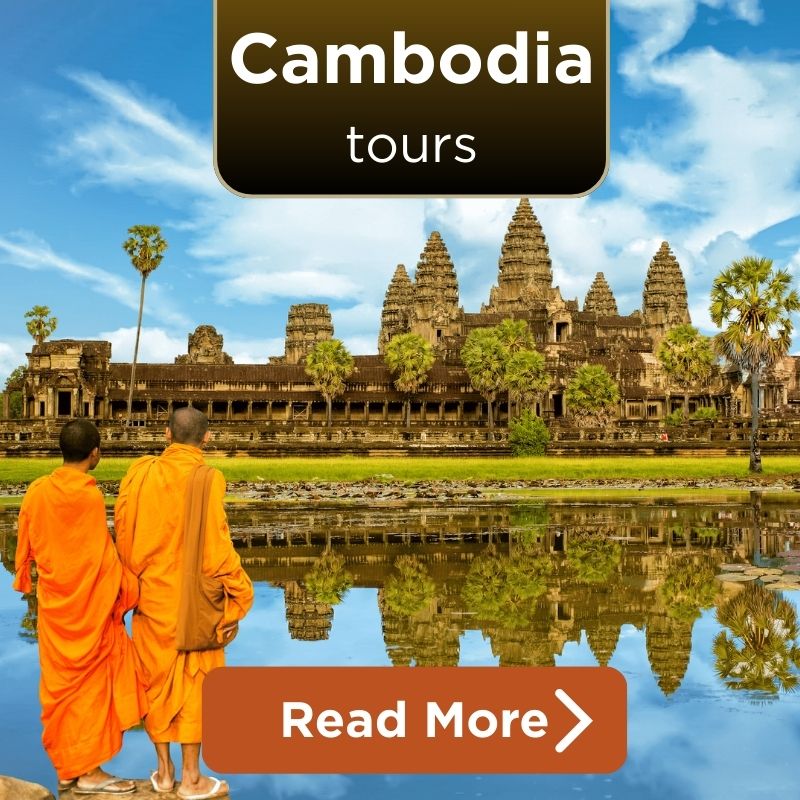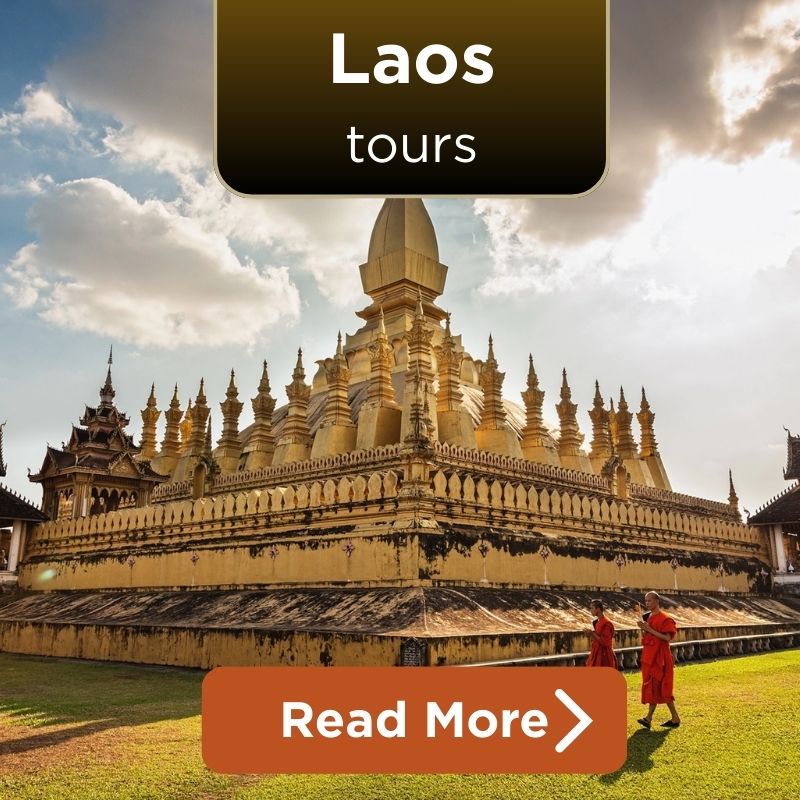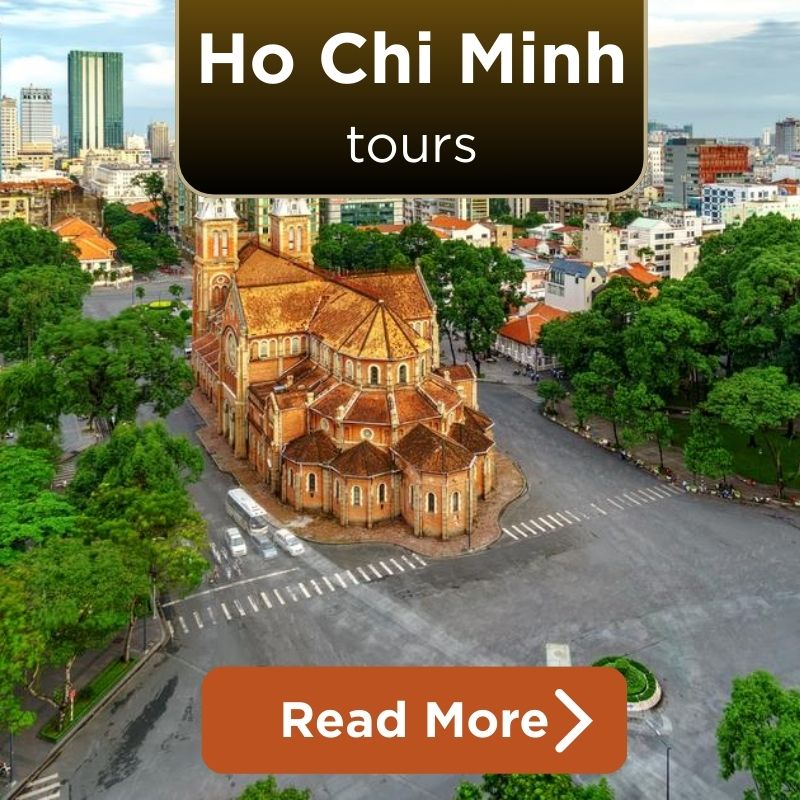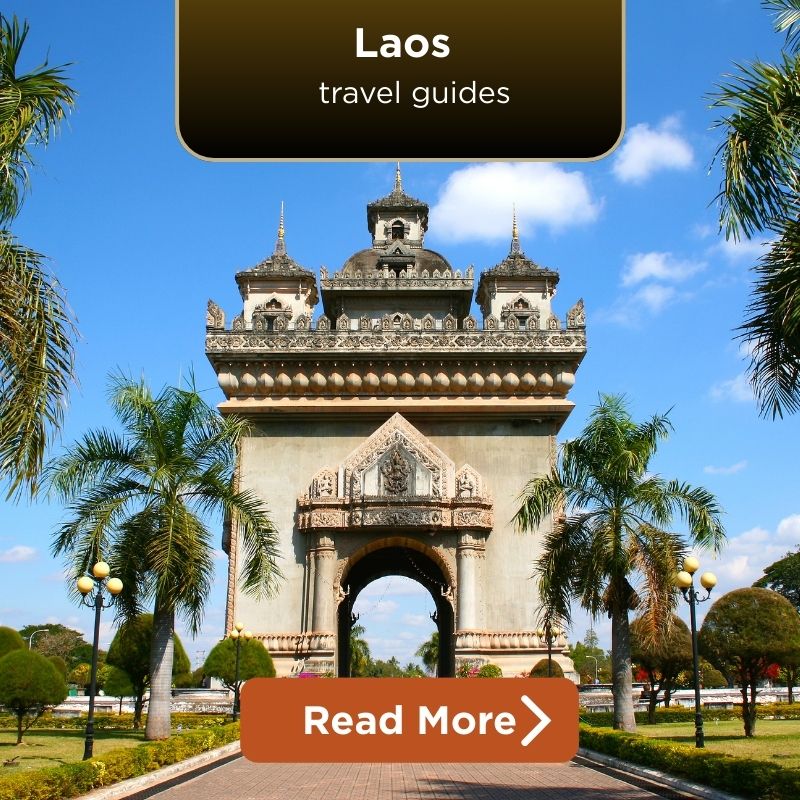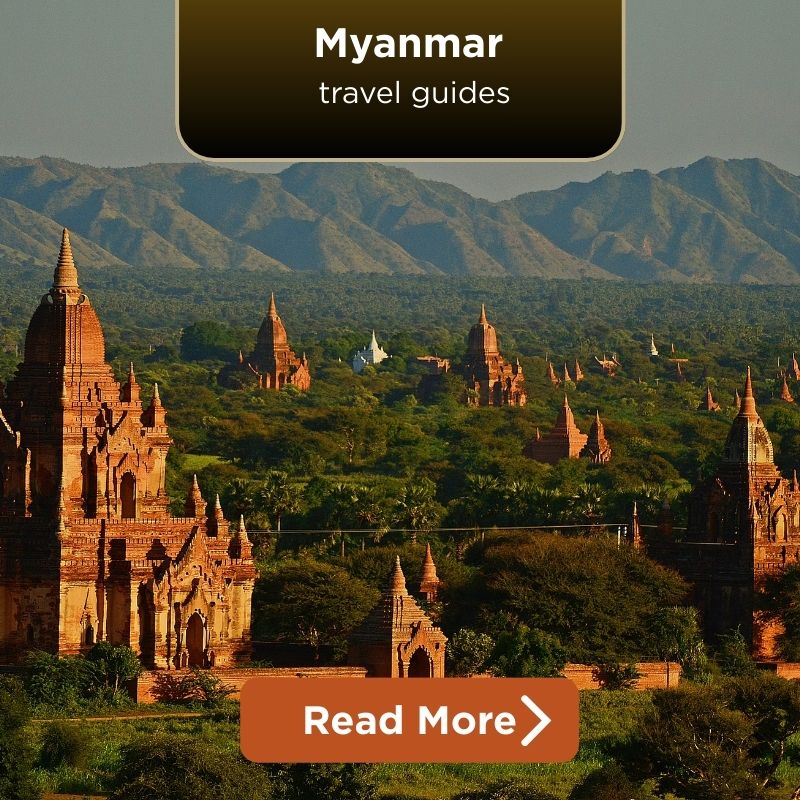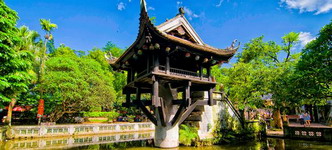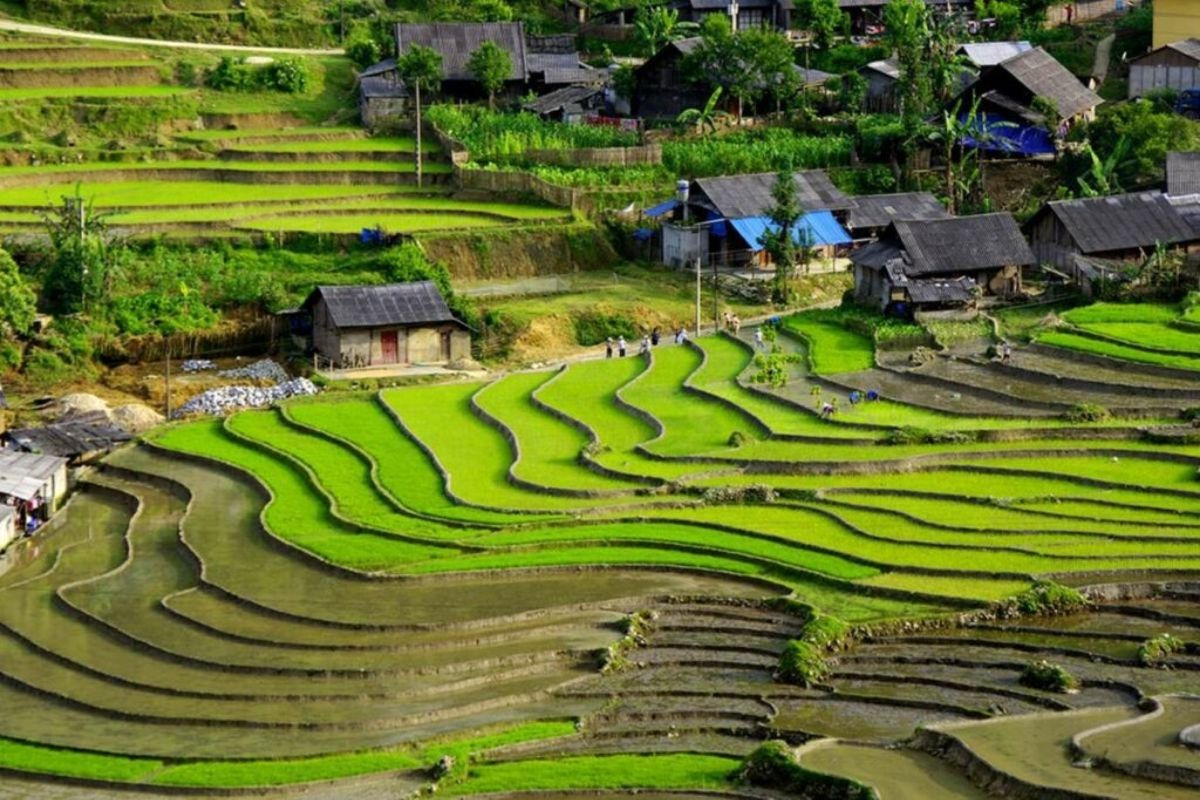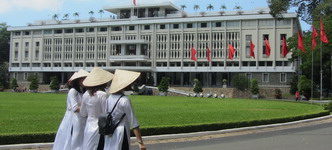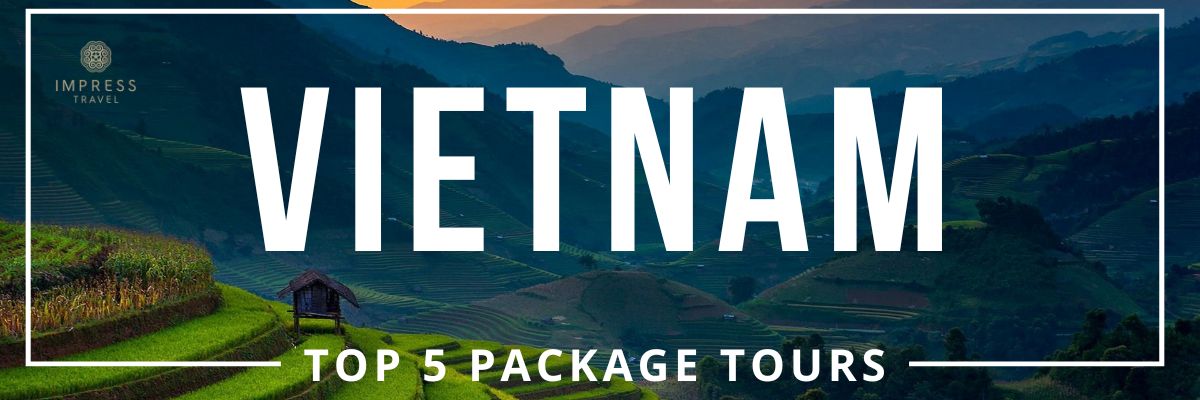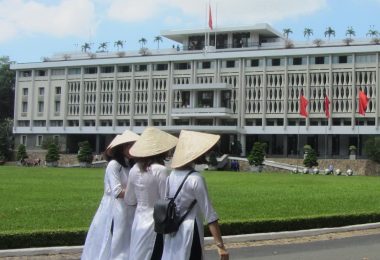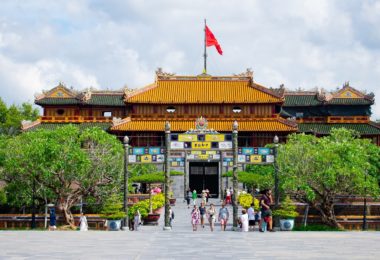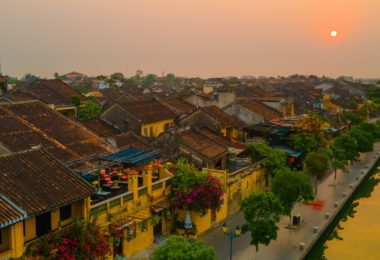Overview: What Makes the Music of South Vietnam Unique?
Music of South Vietnam: Colorful cultural expression with the influence of many centuries. It combines Vietnamese folk roots with Khmer spiritual chants, Cham music, and Chinese notions of melody to build up a sound that is touching and tender but is rigorously structured.
Its lyrics touch on love, separation, nostalgia, work, and spirituality, all the stuff of everyday life and human sentiment in a simple, heartfelt manner. Songs, in many cases, are tales of woe conducted like voices over the ages from mouth to ear. These are not abstract poems; they are living memories.
What gives the music of South Vietnam its infectious spirit is its context. It’s done in real, everyday life, not just in a concert hall. You’ll see it in the rice fields, floating markets, temple courtyards, and throughout various village-wide celebrations. Every tune has its job to do: calming a child, paying homage to an ancestor, lifting a worker’s spirits, connecting a traveler to a local story.
In locations such as Bac Lieu, the birthplace of the iconic vong co song Da co hoai lang, the music of South Vietnam Bac Lieu has inspired generations of locals and visitors. These songs carry the rhythm of the local culture and provide valuable suggestions for anyone who has a wish to explore southern Vietnam or to know what to do in southern Vietnam besides tourism!
Don Ca Tai Tu (Southern Amateur Music)
What is Don Ca Tai Tu?
Don Ca Tai Tu developed in the Mekong Delta from the royal court music genre of Ca Huế, as a more relaxed form, included a shift to the soft melismas that appealed to the local village life of the Southern Vietnamese. This status was officially recognized by UNESCO in 2013 when it was inscribed as an Intangible Cultural Heritage of Humanity, thus acknowledging it as a living cultural practice.
Instruments Used
This music is performed using traditional Vietnamese instruments, including:
- Dan kim (moon lute)
- Dan tranh (16-string zither)
- Dan co (two-string fiddle)
- Dan bau (monochord)
- Sao truc (bamboo flute)
These are the instruments that play the melancholic, but hopeful, music of South Vietnam.
Where to Experience It?
Bac Lieu – The Homeland of Vong Co
- Location: Cao Van Lau Memorial Park, 38 Dao Duy Tu Street, Ward 5, Bac Lieu City
- Opening hours: Daily from 7:30 AM to 5:30 PM
- Activities: Be sure to see the memorial to composer Cao Van Lau and watch live Don Ca Tai Tu in action, especially on weekends and at traditional festivals. The well-known composition “Da co hoai lang” (1919) became a prototype for the Vong co style as it developed into a more. And that’s when the music of South Vietnam Bac Lieu, starts to take shape.
Can Tho – River Cruises with Music
- Location: Ninh Kieu Wharf, Can Tho City
- Performance time: Nightly river cruises from 6:30 PM to 8:00 PM
- Activities: Guests can watch live performances of Don Ca Tai Tu on traditional boats, and a local musician will perform while you float along the Hau River. Here, you can experience one of the most genuine music scenes in southern Vietnam
Ho Chi Minh City – Cultural Hubs and Folk Cafés
- To be advised, including the Ho Chi Minh City Museum of Fine Arts and acoustic cafes.
- There are special shows during the Lunar New Year, Reunification Day, and Southern Folk Music Festivals.
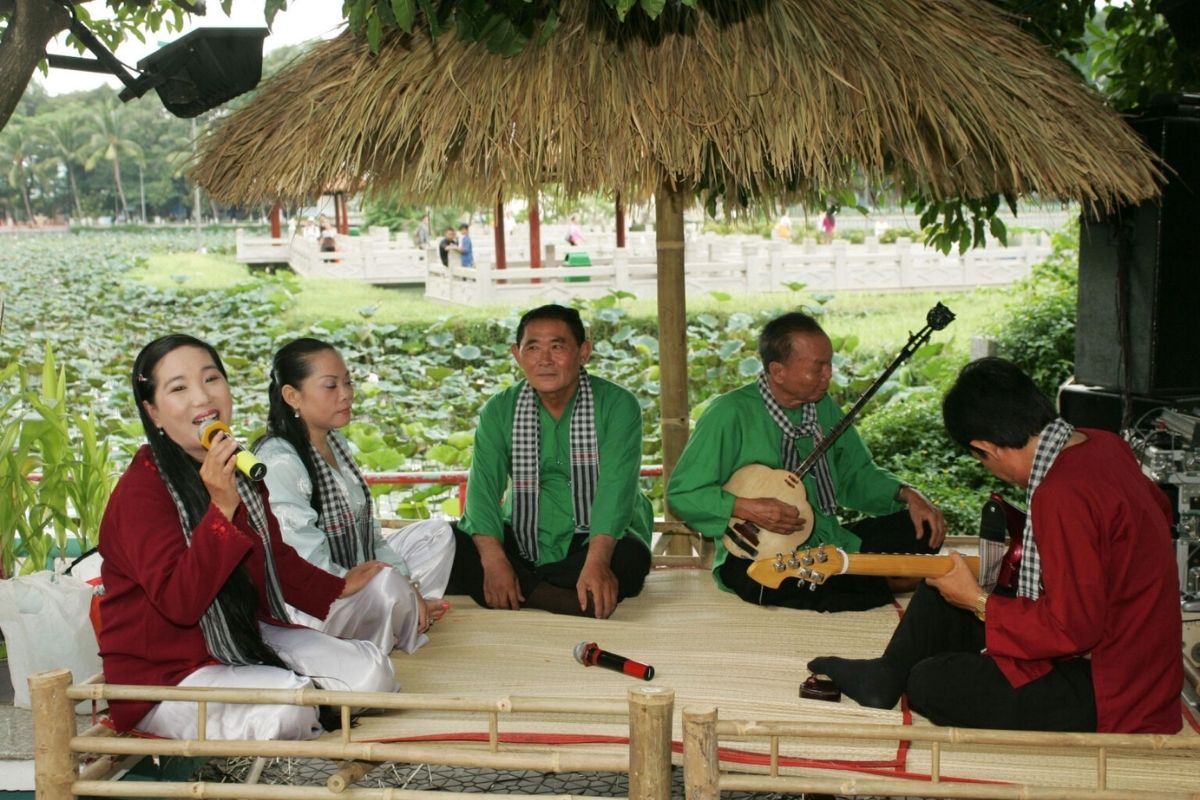
Don Ca Tai Tu (Source: suckhoedoisong)
Cai Luong (Reformed Theater)
Where It Began
Cai Luong developed in the early 20th century directly from Don Ca Tai Tu. As cities like Saigon developed, entertainers started to combine folk tunes with dramatic techniques. The creation was a novel kind of performance that maintained the essence of traditional music and combined speech, song, and dramatic expression.
The Art of Storytelling
In contrast to Western musicals, Cai Luong narrative revolves around intense subjects of human emotion and social significance. The dramas often include tragic heroines, noble warriors, and ordinary families that encounter moral dilemmas. And songs are threaded through the dialogue, expressing emotions too intense to be expressed by words alone. Audience members wander about with characters, as they unwind stories of loyalty, love, betrayal, and fate, all in one sitting.
How It’s Performed
Performances are full of visual and emotional richness:
- Actors don’t wear elaborate period garb, applicable to the historical or legendary era in which the tale is set.
- The gestures are theatrical, but rooted in the lives of ordinary Vietnamese.
- An orchestral piece is played live by a string ensemble of Dan Tranh, Dan Nguyet, and Dan Co, while the Music of Sao Truc is played from tape.
- Stages can range from the primitive to the modernized, from village courtyards to professional theaters in Ho Chi Minh City.
Where to Experience It
Ho Chi Minh City (Saigon)
- Venues: Tran Huu Trang Theater, IDECAF, and various folk performance cafés
- Events: Southern Reformed Theater Festivals (held annually)
- Highlights: Modern spins on classic plays, youth troupes resurrecting older scripts
Bac Lieu
- Location: Cao Van Lau Theater and cultural houses
- Significance: A birthplace of Vong Co, music of South Vietnam Bac Lieu is well known for a lot of cai luong works about local legends and historical figures.
My Tho (Tien Giang Province)
- Location: My Tho City Theater and local festivals
- Best time: Tet holiday performances and temple fairs build up
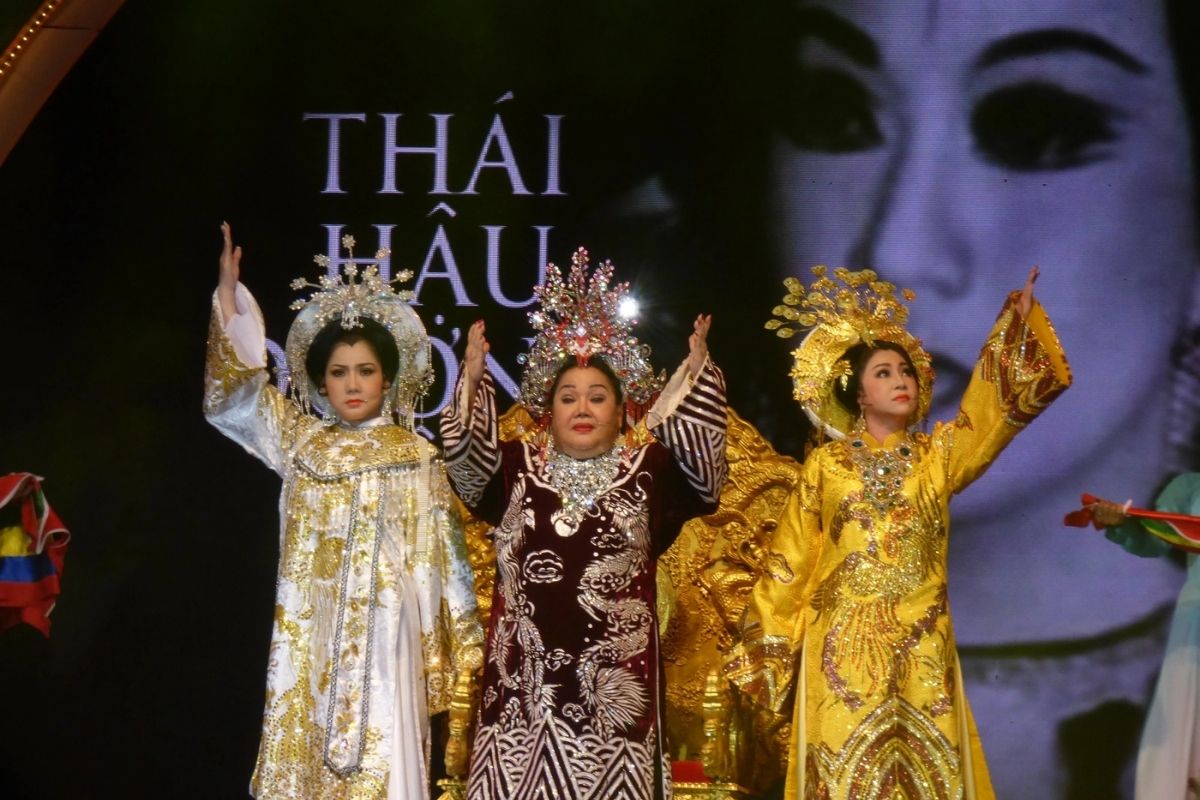
Cai Luong (Source: thanhnien)
Ho
What Is Ho?
Ho began as the songs sung by peasants and boatmen to accompany farming work and boat races. Born out of group energy and emotion, it’s based on a call-and-response form, with one person singing a line and others answering. This back and forth is something like a lively musical dialogue, and it adds to what makes the group feel so invigorating, making the work something of a beautiful shared thing.
Why Is It Special?
But it also encompasses an emotional expression of excitement and a playful interplay with the other dancers. It may be filled with flirtations, punny banter, or poetic narratives. They were, and continue to be, used to express feelings of love, foster community rancor, and observe ordinary life.
There are many variations:
- Ho hue tinh – by young men and women on the feast day
- Ho mai nhi – performed while rowing a boat
- Ho moi – works with community labor.
- Ho truyen – narrative-style, telling longer stories through verses
Each species has a deep affinity with certain places and moments, not least the Mekong Delta, where culture and river life intersect.
Where Can You Hear It?
In the rural districts of Vinh Long, Can Tho, Tien Giang, as well as heritage festivals of Bac Lieu, you’ll often find cacophonic Ho, or a local form of Ho in the Mekong delta, which is also related to Ho from the music of South Vietnam Bac Lieu. Such play takes place during agricultural rituals, boat races, or Tet festivals.
Cultural tourists traveling within southern Vietnam, or people looking for what to do in southern Vietnam, should search for a live Ho session; it’s a glimpse into Vietnam’s living traditions, raw and honest.
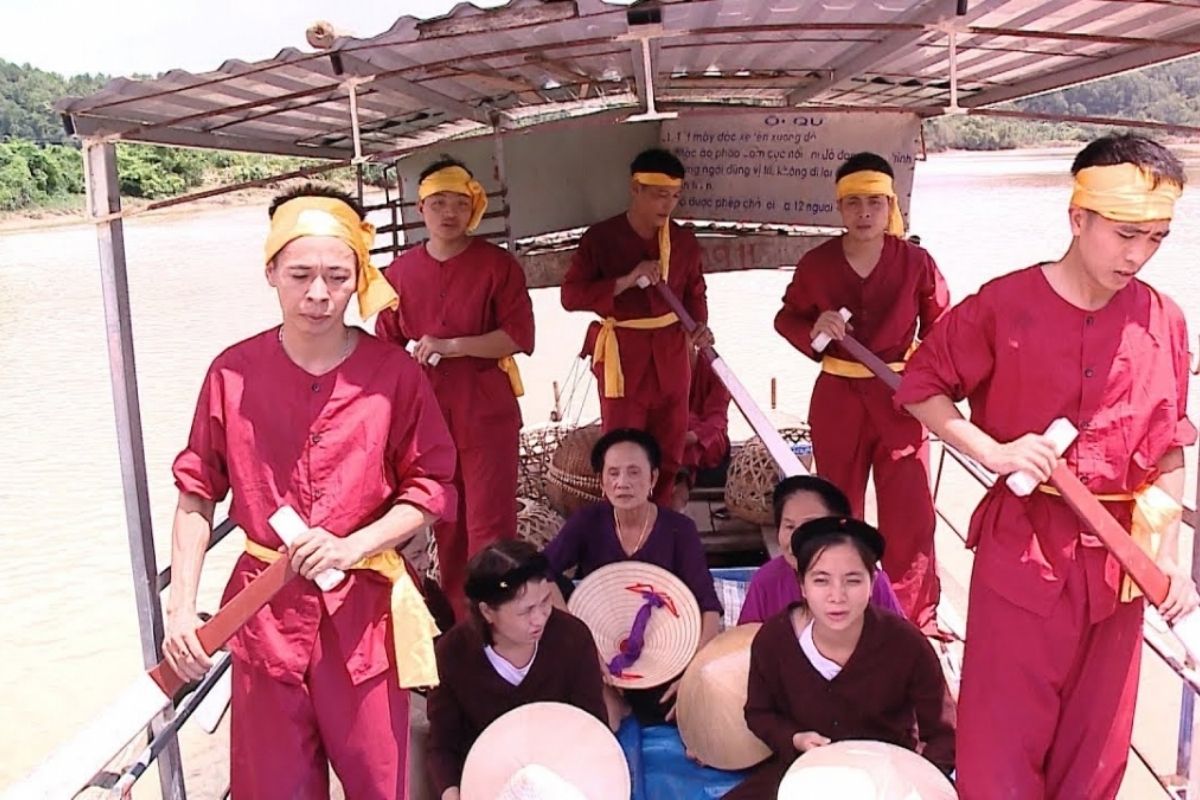
Ho Hue Tinh (Source: vov)
Ly
What Is Ly?
Ly, a genre of folk song characterized by a slow tempo, easy refrains, and touching lyrics. Unlike the grand scale of cải lương or the more improvisational style of Ho, Ly songs sound like home and the family dinner table. They are short, repetitive, and dead easy to memorize, perfect for passing from generation to generation within families and communities.
What Are the Songs About?
The beauty of Ly lies in its simplicity. The themes range from:
- Romance – sweet flirt and yearning
- Comedy – humorous thoughts on everyday occurrences
- Observation – a commentary on nature, work, or human behaviour
Through their verses, Ly’s songs convey snapshots of everyday life in the countryside, moments that are bright, joyful, or quietly emotional.
Popular Variations of Ly
- Ly cay bong: One is a sweet love song chanted during courtship or village dances.
- Ly keo chai: Work song of fishermen pulling nets along the riverbanks
- Ly ngua o: a lively, rhymic song which is commonly used in folk games or festivals
These songs are still much loved in Central and Southern Vietnam, including in provinces like Tien Giang, Vinh Long, and Bac Lieu, which region is also a mecca for the music of South Vietnam Bac Lieu.
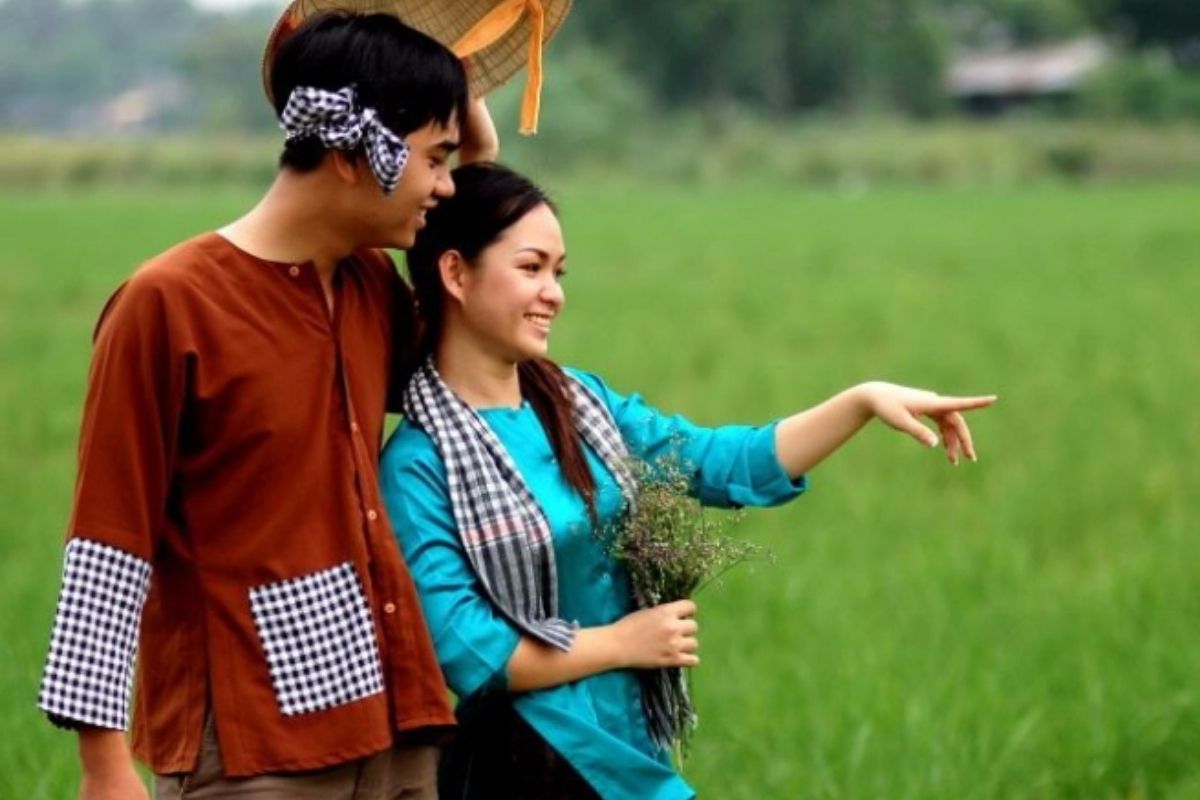
Ly Cay Bong (Source: cvdvn)
Vong Co
The Birth of a Masterpiece
In 1919, in Bac Lieu, a talented musician called Cao Van Lau wrote the recording that would resonate through the ages: “Da co hoai lang” (Night Drum Echoes for the Absent Husband). Musically transporting the sentiment of a woman waiting for her husband to return from war, the song conveyed trauma and optimism in equal measure. Its tune, initially composed diatonic, with 2 metrical movements, the first of, was developed later to become a musical form it is known as Vong Co.
What Makes Vong Co Unique?
Vong Co translates, more or less, to “nostalgia.” And as the style has grown, so too have its rhythmic intricacies, from a humble 2-beat to the intricate 64-beat type used in current songs. The form, in turn, enables singers to extend and caress each line with slight vocal ornamentation, exposing layers of emotional depth.
This style became the backbone of the emotional core of two large genres in the Music of South Vietnam:
- Cai Luong – Vong Co is principally the emotional high point of the drama.
- Don Ca Tai Tu – Musicians developed Vong Co, a theme-improvised duet and ensemble sings.
Today, that phrasing and its tonal style are even borrowed by modern Southern ballads and folk pop music.
Experience Vong Co Where It Was Born
To get a more in-depth look into the music of South Vietnam Bac Lieu, tourists should Traveler can come to:
- Cao Van Lau Memorial Site, 38 Dao Duy Tu Street, Bac Lieu City
- Lunar New Year and regional heritage cultural festival
- Classical music cafés in Can Tho and Ho Chi Minh City
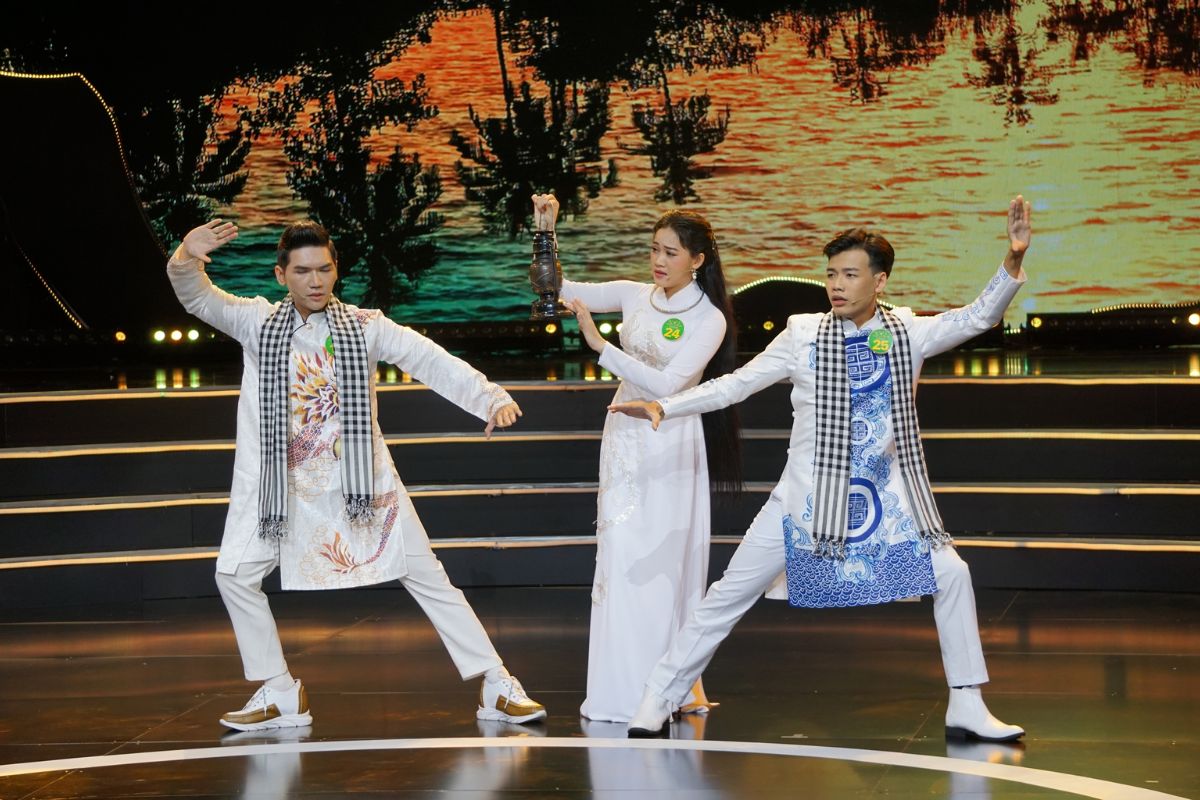
Vong Co At Cao Van Lau Memorial Site (Source: haoquanggroup)
Traditional Musical Instruments of the South
Instruments You Should Know
- Dan kim (moon lute): Central to southern instruments. Its soft, unobtrusive tone and round body make it ideal for slow, emotional melodies.
- Dan sen: Svelte yet lively, this plucked lute adds an extra rhythmic zing in fast passages.
- Dan nhi: A two-string fiddle played vertically, also known as a Dan Co, with soulful slides and quivering vibrato.
- Sao truc (bamboo flute): The breathy, fluid sound can emulate birdsong or the soft breezes of a river.
- Trong com: A barrel drum used in folk and religious ceremony/tradition, steady/fast, warm, rooting.
- Song loan: A clapper of wood or bamboo used to beat time in lively folk music.
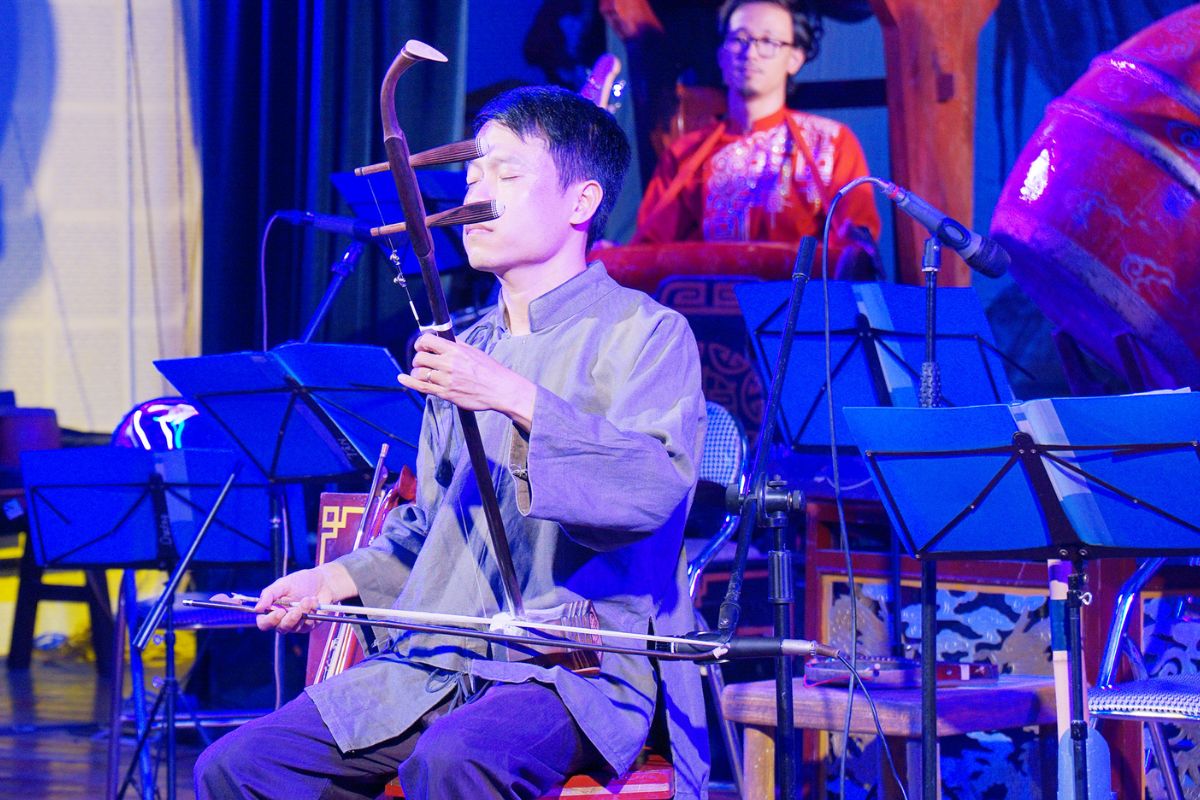
Dan nhi (Source: vietnam)
What Makes Southern Performance Styles Unique?
Expressive techniques, such as the use of slide tones (not luyen) and vibrato (rung hoi), are also favoured by Southern musicians. These make it possible for players to mold every note like a phrase of speech, soft, bent, emotive. You’ll hear these effects live, especially in solo passages or in the soaring lines of Vong Co.
On recordings, tune in to the subtle “cry” of the dan kim, or the flutter in a fast sao truc run. These are distinctive hallmarks of the music of South Vietnam.
Conclusion
Don Ca Tai Tu soulful strings and Cai Luong theatric stages, Ho rhythmic chants to Ly verse and Vong Co maudlin pull, for an outsider drenched by monolithic Western pop, the Music of South Vietnam offers a gripping, heart-breaking sound southern Vietnam was unique unto itself. These melodies are not only heard, they are felt, lived, and passed down across generations. Lose yourself in the rich history of Bac Lieu heritage sites or take in a riveting riverside performance in Can Tho. Listening to the music of South Vietnam Bac Lieu, you’re sure to have a memorable and culturally immersive time.
FAQ
What is the most popular kind of music in Vietnam?
Some of Vietnam’s most popular music is based on traditional forms. In classical forms, the Music of South Vietnam (or Don Ca Tai Tu) and Cai Luong are still widely embraced for their emotional storytelling and cultural heritage.
How would you define the style of Vietnamese music?
Vietnamese music makes wide use of expressive, rhythmic, and spontaneous melody, as well as movement and percussion. It combines indigenous tunes with those of the Chinese, Cham, and Khmer. Styles differ by region, but one of the most popular forms is the Music of South Vietnam, which emphasizes evocative storytelling, fluid rhythms, and traditional instruments.
What are the three categories of Vietnamese music?
Vietnamese music is typically categorized into:
- Folk music – such as Ho, Ly, and chants of regions.
- Court music – such as Nha Nhac (Imperial music from Hue).
- Religious/ritual music – used in spiritual and ceremonial settings.
What is a form of traditional music in Vietnam?
Another form of traditional music is Don Ca Tai Tu, which falls under the traditional music of South Vietnam, characterized by the talent of the musicians, and was said to be a combination of what is in the north and south. It’s recognized by UNESCO as an Intangible Cultural Heritage of Humanity.






